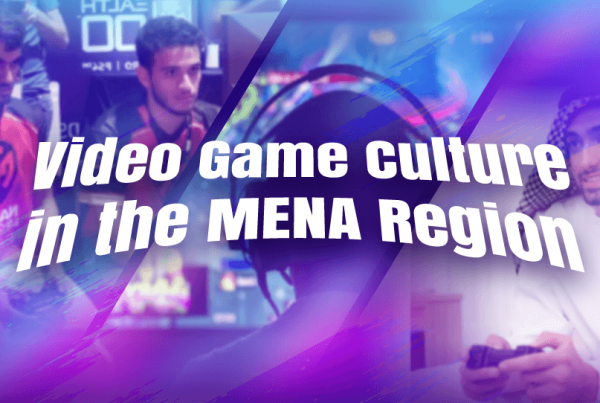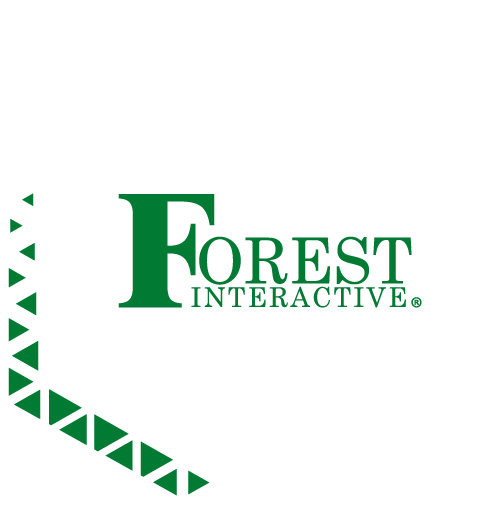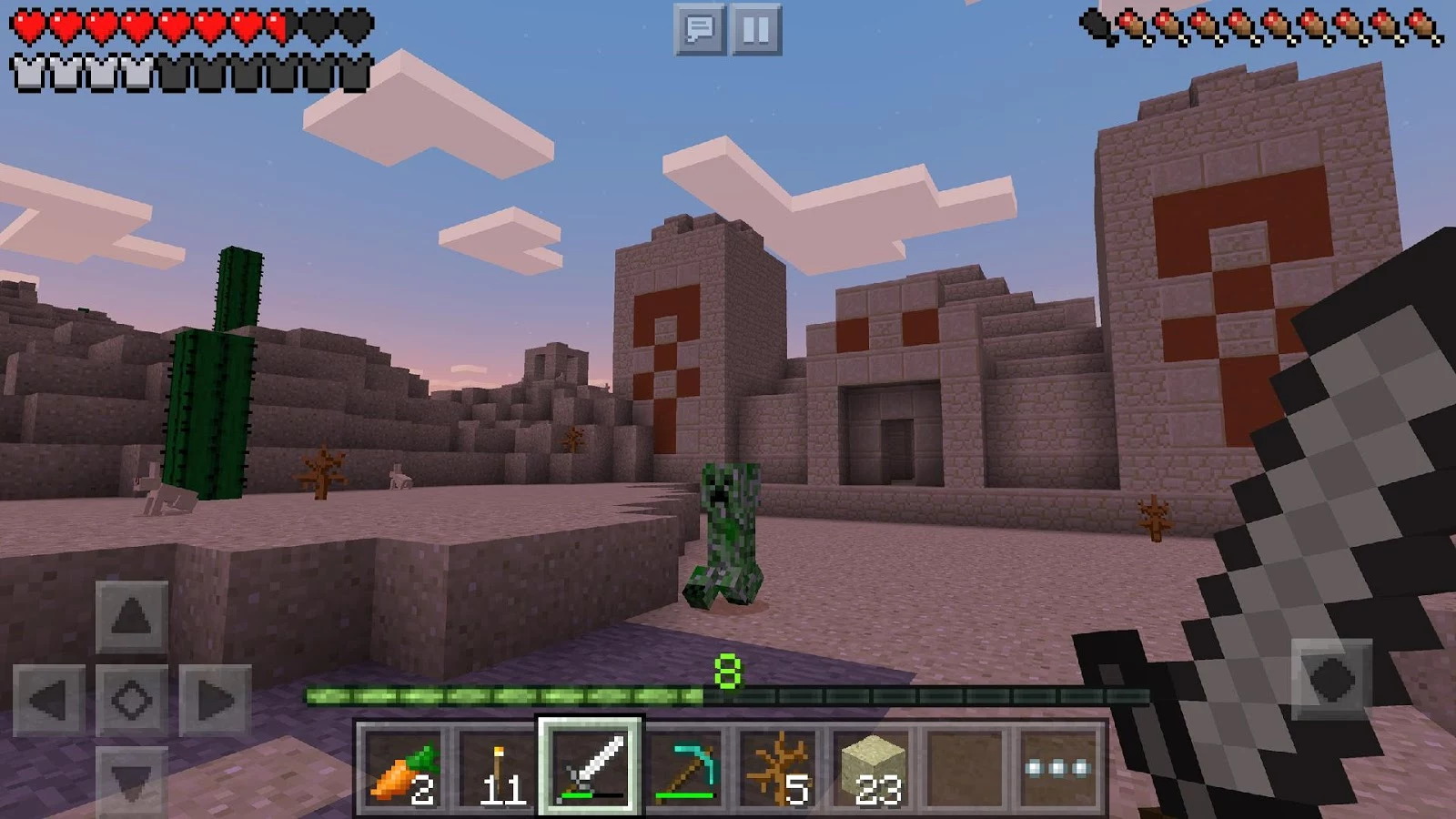
Graphics or gameplay? Go ask in a forum which of the two is more important in gaming and you’ll likely end up with mixed results so inconclusive you’ll wonder why you even bothered to pose the question. It’s one of those debates that probably still won’t have a clear winner 10 years from now. “Why not both?” you might ask. Well, it’s not that simple, especially if you’re an indie mobile game developer barely above the water in terms of resources.
Though it’s still important to produce eye-catching graphics even when you’re short on resources, sometimes circumstances simply prevent you doing so (read: you’re broke). This leaves you with the gameplay to put your heart and soul into. But will it be enough to catch people’s attention? What if no one’s willing to look past your game’s prehistoric or overly simple graphics? Don’t worry; several mobile games have already proven that success can also be found even without the aid of shiny graphics.
What’s great about the mobile gaming scene is that your game won’t be the only one with outdated or crappy graphics. Many games feature simple, anime-like 2D graphics or 8-bit era pixel graphics. Unlike in console and PC gaming, graphics in mobile gaming aren’t judged too harshly. Simply because Android and iOS devices don’t come with the same hardware power as traditional gaming systems. So rest assured your game won’t be alone in the Bad Graphics Department. Here are 4 mobile games with simple or crappy graphics but have excellent gameplays. You can look to them for inspiration.
Papers, Please: A Dystopian Document Thriller
Papers, Please is a puzzle game developed and published by 3909, which is owned by indie developer Lucas Pope. In the game, you’re placed in the shoes of a simple family man working as an immigration officer for a fictional country called Arstotzka, set in 1982. Most of the time, you’ll be staring at countless documents from individuals trying to get into the country. Frankly speaking, the documents aren’t pretty to look at, thanks to the graphics that make the game look like it really belongs in 1982. The people that you’ll be investigating look more like zombies than, well, humans.
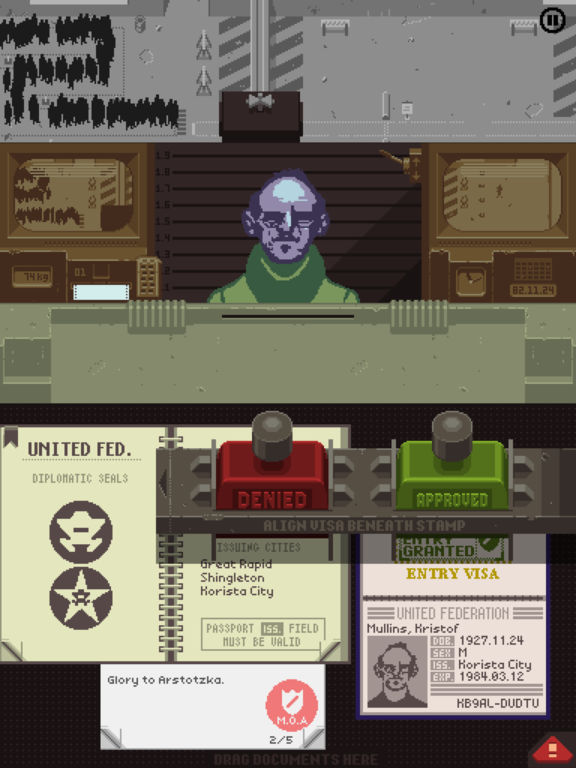
3909
So what makes Papers, Please stand out amongst games in the puzzle genre? In the game, you’ll be regularly presented with moral choices. Will you allow an individual begging you to let them inside the country despite severely lacking the necessary documents? Will you accept huge sums of money as bribe from suspicious individuals? Will you grant access to assassins hired to take down corrupt officials? These are just a few of the dilemmas you’ll encounter in the game.
Your ultimate goal as an immigration official is to earn money to be able to sustain your fictional in-game family. You earn money by correctly processing immigrants. But you also get penalized for violating rules. Sure, you can get yourself a big payday by accepting every bribe that comes your way. However, you’ll risk having your pockets checked by the government. Papers, Please has a story mode which features multiple endings. If you want a real time-burner, you can dive into an endless play mode where you process as many immigrants as you want.
FTL: Faster Than Light
FTL: Faster Than Light is a 2012 roguelike game developed and published by Subset Games. It’s presented in a top-down perspective with 2D graphics. Though the game is set in outer space, it doesn’t really feel like it. Planets, moons, asteroids, and other stuff you can find in space are in the background, with no option to explore them at your leisure similar to other space adventure games. Throughout the game, you’ll spend most of your time simply looking at the interior of your spaceship, where the gameplay centers on. Even on a big-screened smartphone, the things inside your spaceship are tiny. The graphics of FTL aren’t exactly downright ugly or bad, though; they’re just too plain.
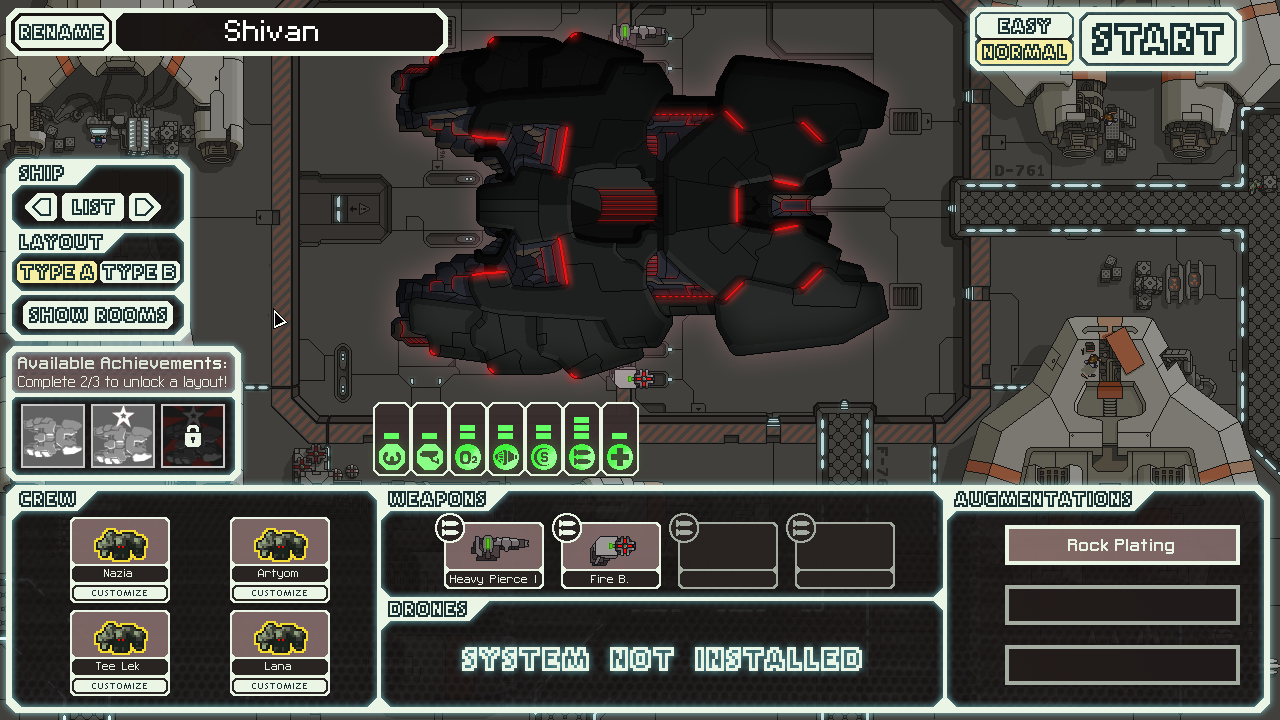
Subset Games
FTL makes up for its lack of grandeur by offering an incredibly addicting gameplay that’s both enjoyable and frustrating. Roguelikes are known for featuring randomly generated dungeons, unforgiving difficulty, and permanent death. FTL checks all the boxes. In the game, your job is to make sure your spaceship (chosen at the start) successfully goes through randomly generated space sectors, which are littered with hostile spaceships keen on preventing you from reaching your goal. Combat revolves around carefully managing your crew, like in a strategy game. FTL isn’t a game that you can just casually play through. If your spaceship gets blown into pieces, you’ll be forced to start over from scratch. As in from the title screen. You can’t simply resume from your last save point.
Minecraft: Pocket Edition
This game needs little introduction, really. We all know about Minecraft’s crappy graphics, which is made up of LEGO-like blocks. Don’t be fooled by those texture packs and filters that make the game gorgeous to look at. You would need a high-powered PC (translation: a very expensive PC) to run all those pretty mods. Graphics has never really been Minecraft’s strong suit. Its gameplay is another story.
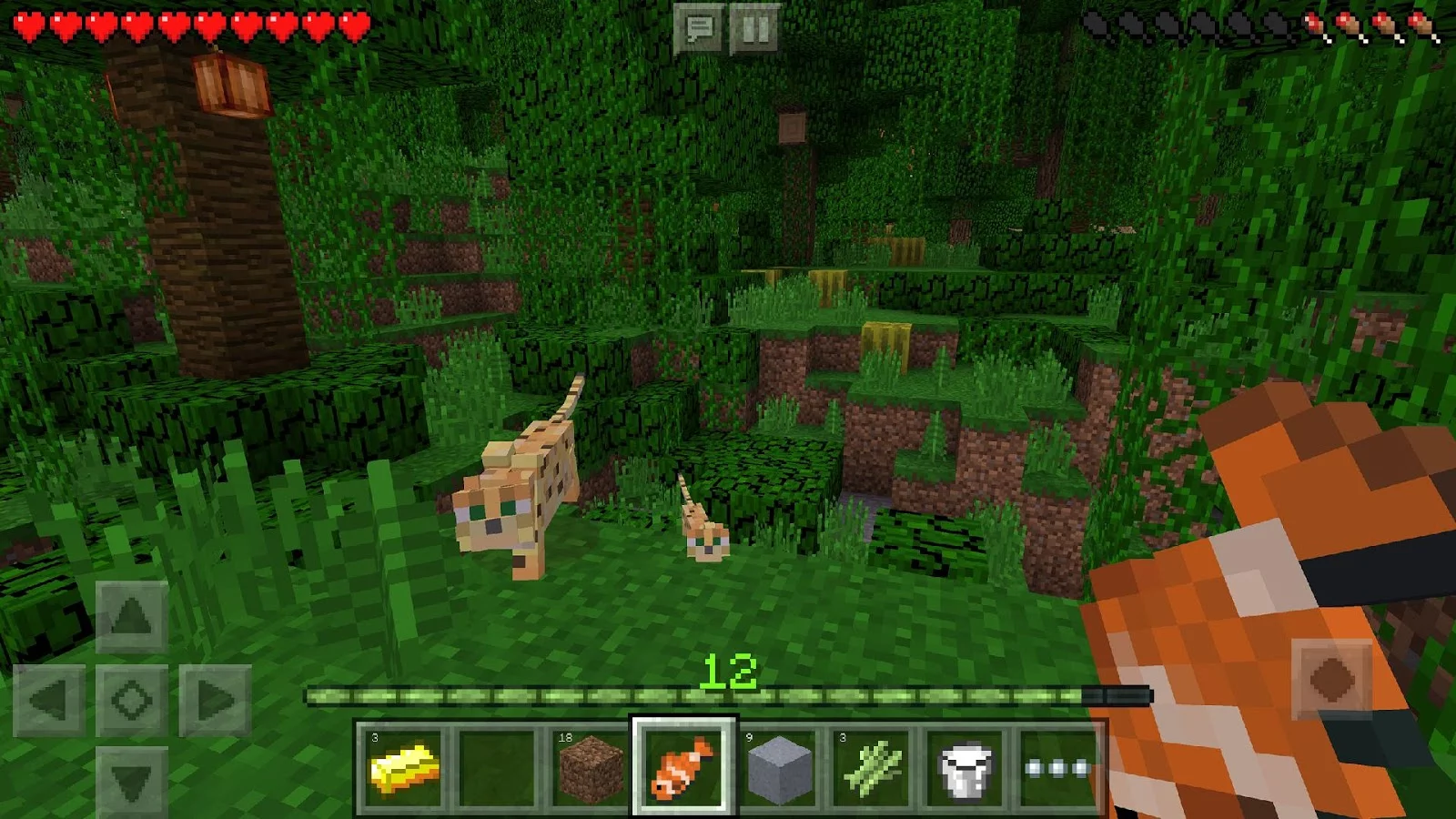
Mojang
Minecraft: Pocket Edition doesn’t contain all the features found in the PC version. Because that would have been too much for your mobile device, no matter how powerful it is. It focuses on the creative mode and survival mode of the PC version. In creative mode, you can create whatever structure you want right off the bat. No need to collect resources. You’re basically a painter in this mode, with the game as your blank canvas to work on. If you love playing with LEGO bricks, you’ll feel right at home in creative mode.
It’s the opposite in survival mode, where you start off from scratch and work your way toward acquiring resources and weapons. But that’s not all. Aside from hunting resources, you’ll have the unenviable task of fending off hostile monsters from beating your ass to the ground. Minecraft: Pocket Edition centers on giving you a lot of freedom on how you want to play your game. There are no definitive goals or linear paths to follow.
Retsnom
Last but not the least is Retsnom, a quirky little platformer developed by Somi and published by Magic Cube. It features a pixelated art style, which pretty much sums up its graphics. But unlike most other platformers, Retsnom is neither vibrant nor alive. This is right in line with its gloomy and dark premise, which centers on a man whose mission is to cure his daughter suffering from a zombie virus. The catch is, the cure is not yet ready in the present and only exists in the future. And so off you go to the future, in the name of retrieving said cure for your ailing daughter. That premise alone sets it apart from typical platformers.
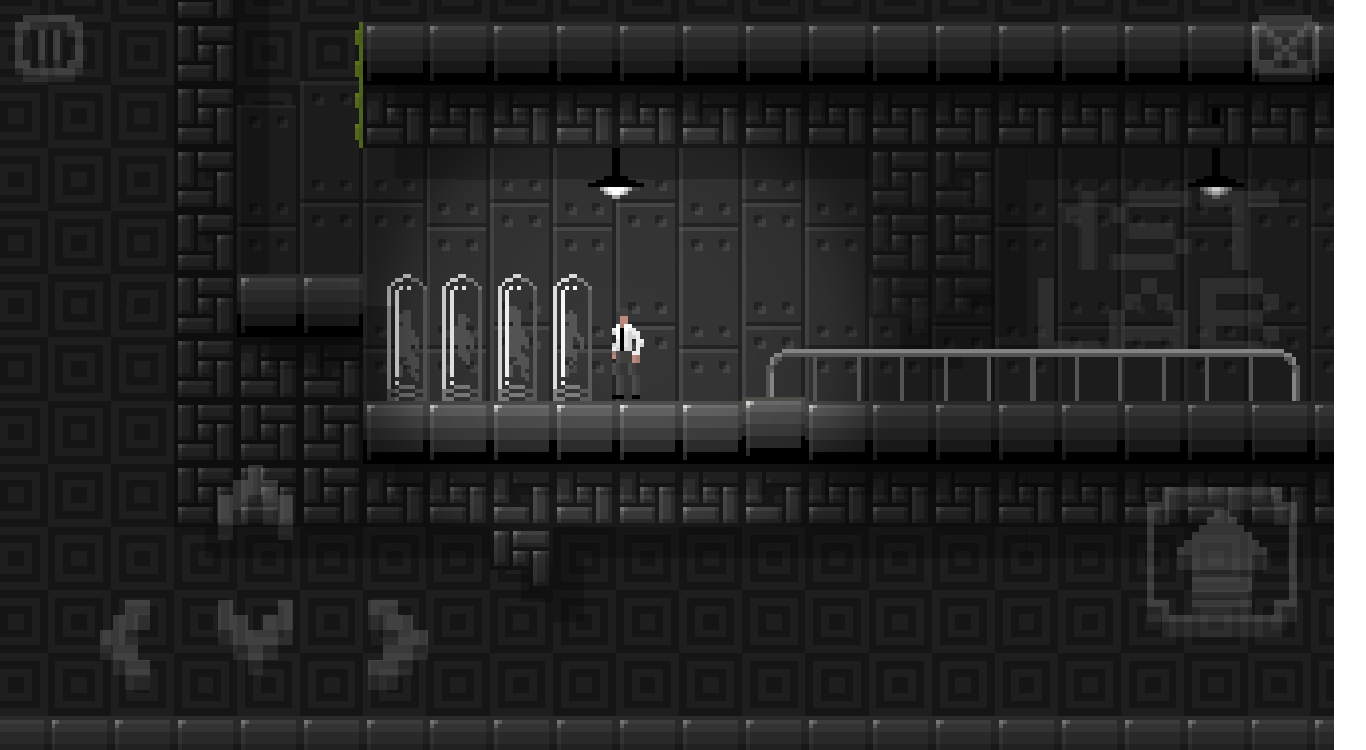
Somi / Magic Cube
The gameplay of Retsnom is mostly similar to other platformers where you run around on a 2D plane, jumping and avoiding enemies along the way. However, it features a cool gimmick that allows you to morph the level itself to open new paths and cross pits that would otherwise block you from advancing. As the game puts it, you’ll be mirroring parts of the level. For example, you find yourself staring at an endless pit. How do you cross to the other side? Simple: Flip the part of the platform you’re currently on to its opposite side (left or right), which would allow you to cross the now non-existent pit in front of you. Pretty neat, eh?

